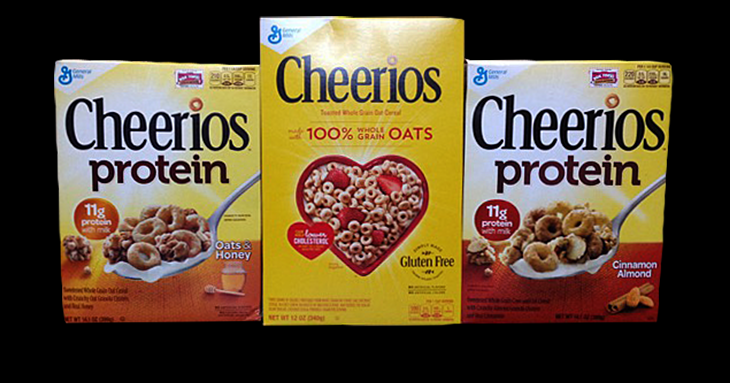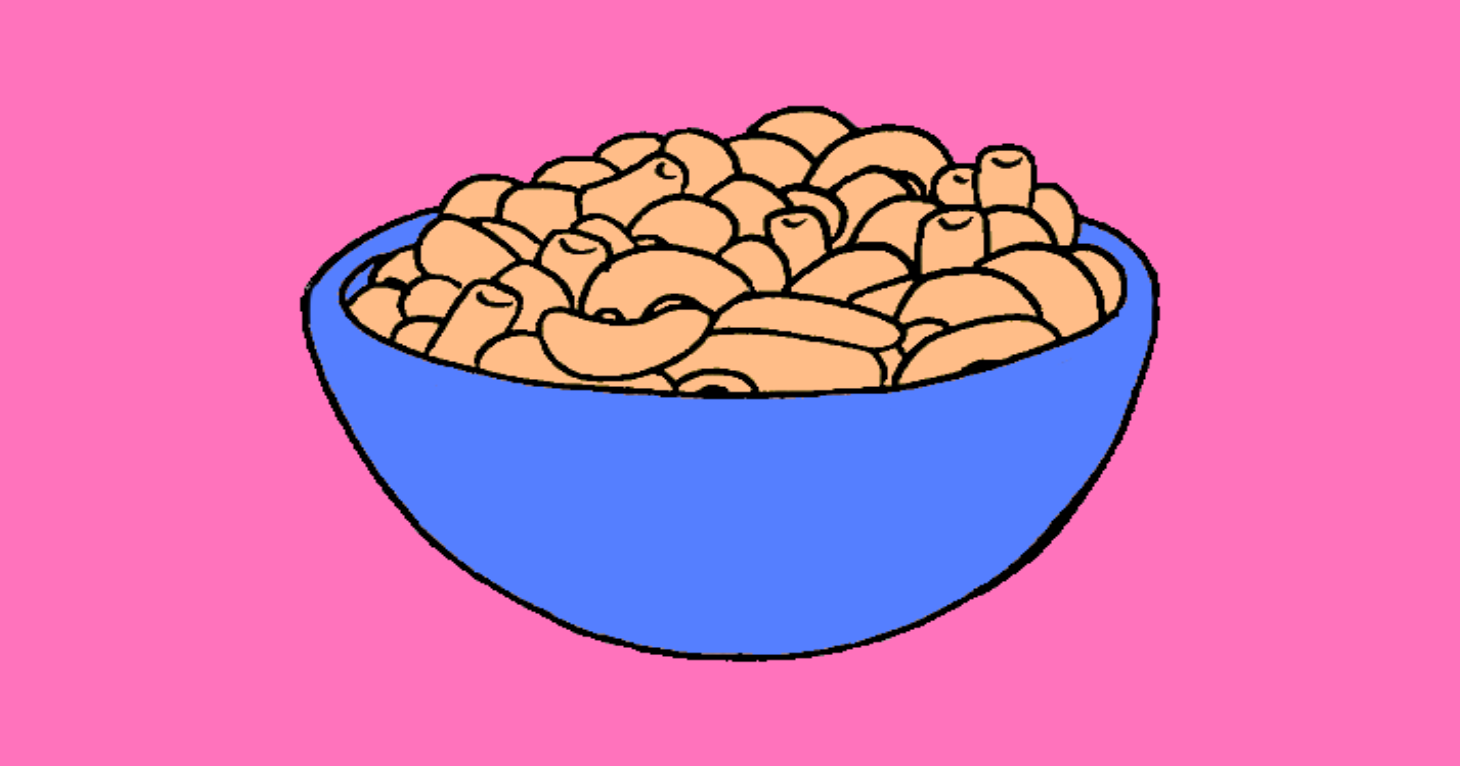
Best Reader Tips of 2021
This year reader tips led to dozens of ad alerts, as well as a complaint to regulators.
New class-action lawsuit accuses General Mills of deceptively marketing Cheerios.
One of America’s favorite breakfast cereals is embroiled in controversy yet again. The Center for Science in the Public Interest (CSPI) on Monday filed a class-action lawsuit against General Mills alleging that Cheerios Protein cereal is falsely and misleadingly marketed as a high protein, healthful alternative to Cheerios when in fact, it “has just a smidgen more protein than original Cheerios.” In addition to seeking monetary damages and restitution for class members, CSPI is also asking General Mills to destroy all misleading and deceptive advertising materials and packaging.
History of Troubles
This is not the first time that General Mills has been in the hot seat over Cheerios marketing. In 2009, the FDA sent a warning letter to the company about cholesterol-lowering health claims appearing on its Toasted Whole Grain Oat Cereal and on a company website. The agency gave General Mills two options: correct the language to align with labeling regulations or file a new drug application for Cheerios. After clarifying the exact language that could be used in conjunction with the health claims, the FDA did not pursue further action.
In late 2012, General Mills faced an uproar from consumer and environmental groups concerned that the cereal’s ingredients contain GMOs. In 2014, the company announced that it had changed sourcing and handling to ensure that its original Cheerios was completely GMO-free, though it denied it did so because of public pressure.
In October, General Mills voluntarily recalled 1.8 million boxes of wheat-contaminated Cheerios, mere months after announcing the introduction of gluten-free varieties. The company is now facing a class-action lawsuit as a result of the gluten-free slip-up.
Where’s the Protein?
CSPI’s lawsuit takes on the company’s labeling and marketing of Cheerios Protein, a product line introduced in May 2014. The nonprofit points out in the lawsuit that for the 11 grams of protein per serving stamped on the front of the boxes of Cheerios Cinnamon Almond Protein and Cheerios Oats and Honey Protein, only seven grams is actually from the cereal, while four grams comes from added milk.
In comparison, original Cheerios only contains three grams of protein, but the serving size is different – 1 cup or 28 grams per serving for original Cheerios versus 1¼ cup or 55 grams for the protein varieties. According to the lawsuit, “Two ounces of each cereal have just about the same amount of protein. “
So, what is the key differentiating ingredient according to CSPI? Sugar — and plenty of it. The two Cheerios Protein cereals contain 16 and 17 grams of sugar per serving while plain Cheerios only has one gram.
Marketing Cheerios Protein
 CSPI is also taking issue with the language used to market Cheerios Protein on the boxes, including statements that the cereal is “a great start to your day,” that Cheerios Protein will “start your school day right,” and that it will “kick-start” your day.
CSPI is also taking issue with the language used to market Cheerios Protein on the boxes, including statements that the cereal is “a great start to your day,” that Cheerios Protein will “start your school day right,” and that it will “kick-start” your day.
These claims and images are also part of a sophisticated marketing campaign to encourage children to ask their parents for Cheerios Protein over other cereals.
In reference to the company’s “Fuel Up” ad featuring NASCAR driver Austin Dillon, the lawsuit states:
General Mills misleads consumers by advertising Cheerios Protein as a nutritious breakfast that will help children succeed at school when, in fact, a diet of foods like Cheerios Protein sets children on course for health adversities including, but not limited to, obesity, type-2 diabetes, and/or dental caries.
In a response to a request for comment, General Mills spokesman Mike Siemien said, “We don’t normally respond to these publicity-seeking lawsuits from CSPI – but we do reject their comparison.”
He said Cheerios Protein is accurately labeled and qualifies as “as a good source of high-quality protein under the FDA standard” with 7 grams of protein per serving.
Let’s Do the Math Shall We
As part of its filing, CSPI compared the protein content of original Cheerios with that of the two Cheerios Protein varieties. In its chart displaying the protein content per serving, there is also a column showing the protein content per 200 calorie serving (without milk) in an effort to make an apples-to-apples comparison. This last column, which shows the protein content for original, Protein Oats & Honey, and Protein Cinnamon Almond as 6 grams, 6.7 grams, and 6.4 grams respectively, reinforces CSPI’s argument that the difference in protein content between original Cheerios and Cheerios Protein is not significant.
CSPI makes a valid point when it comes to the variations in serving size. Most likely, consumers would not expect the serving size to vary by half a cup when switching from original Cheerios to Cheerios Protein. TINA.org has done the math for all 14 varieties of Cheerios cereals, normalizing the serving sizes into 1 cup and 100 gram serving sizes and this is what we found:
| Cheerios Variety | Serving Size | Protein (g) | Sugar (g) | Protein for 1 cup | Protein for 100 g |
|---|---|---|---|---|---|
| Plain | 1 cup/28g | 3 | 1 | 3 | 10.71 |
| Cinnamon Almond Protein | 1 ¼ cup/55g | 7 | 16 | 5.6 | 12.73 |
| Oats & Honey Protein | 1 ¼ cup/55g | 7 | 17 | 5.6 | 12.73 |
| Multigrain | 1 cup/29g | 2 | 6 | 2 | 6.90 |
| Honey Nut Medley Crunch | ¾ cup/31g | 3 | 9 | 4 | 9.68 |
| Frosted | ¾ cup/27g | 2 | 9 | 2.67 | 7.41 |
| Peanut Butter | ¾ cup/28g | 2 | 9 | 2.67 | 7.14 |
| Dark Chocolate Crunch | ¾ cup/28g | 2 | 9 | 2.67 | 7.14 |
| Honey Nut Cheerios | ¾ cup/28g | 2 | 9 | 2.67 | 7.14 |
| Apple Cinnamon | ¾ cup/30g | 2 | 10 | 2.67 | 6.67 |
| Fruity | ¾ cup/27g | 1 | 9 | 1.33 | 3.7 |
| Banana Nut | ¾ cup/28g | 1 | 9 | 1.33 | 3.57 |
| Ancient Grains | ¾ cup/28g | 3 | 5 | 4.0 | 10.71 |
| Chocolate | ¾ cup/27g | 1 | 9 | 1.33 | 3.70 |
By comparing one cup servings of Cheerios Protein to other Cheerios varieties, there appears indeed to be a difference in the amount of protein in the fortified versions. Is it as much as a reasonable consumer would expect in a specially labeled box? Maybe, maybe not. And would the significant amount of additional sugar be worth it? Only consumers would be able to answer that question.
So what’s the takeaway from this case? As we at TINA.org have said before: READ the nutrition facts label. While the marketing on the front of the package can be very persuasive, it is the nutrition facts label located on the back or side of the package that is regulated by the FDA and tells the real story.
Read more about food labeling here.
This year reader tips led to dozens of ad alerts, as well as a complaint to regulators.
Lawsuits allege brownie brands and others lack the essential dairy ingredients to call their products fudge.
Lawsuits against Kraft and Annie’s mac and cheese allege brands fail to disclose harmful chemical ingredients.


